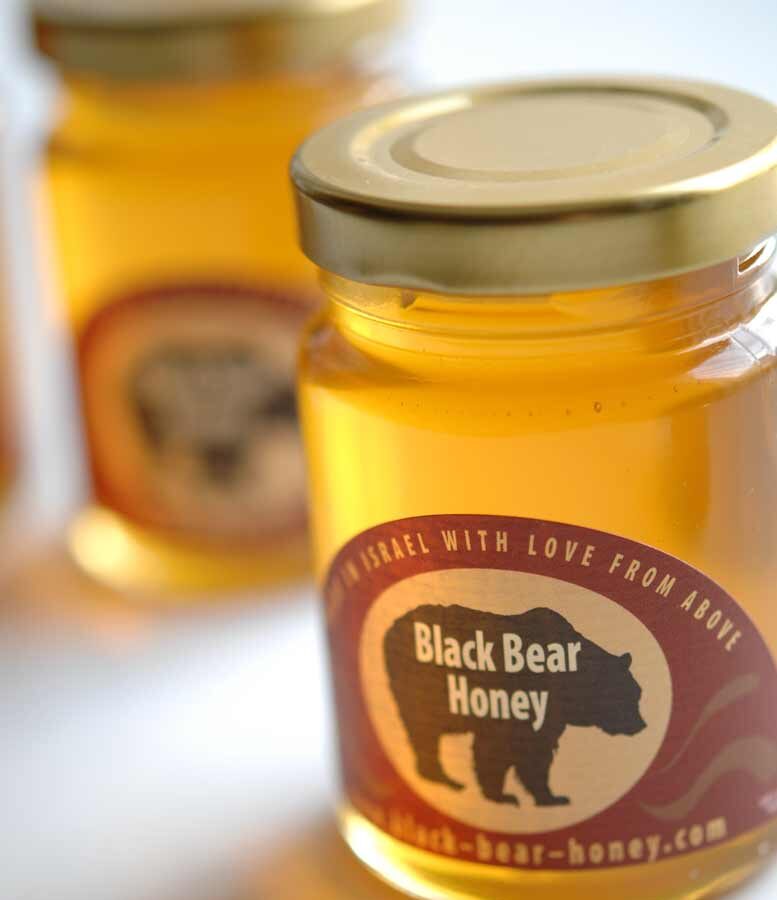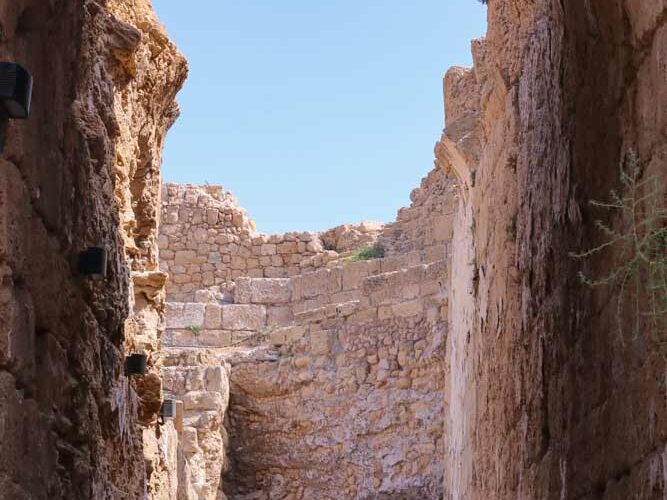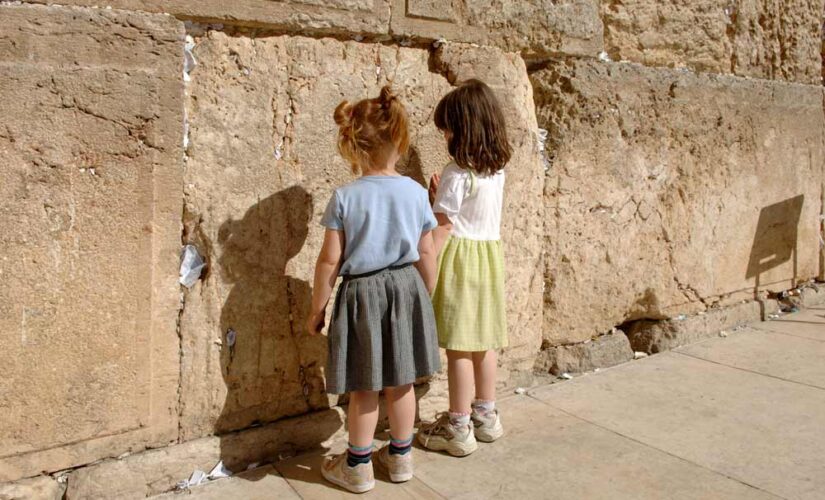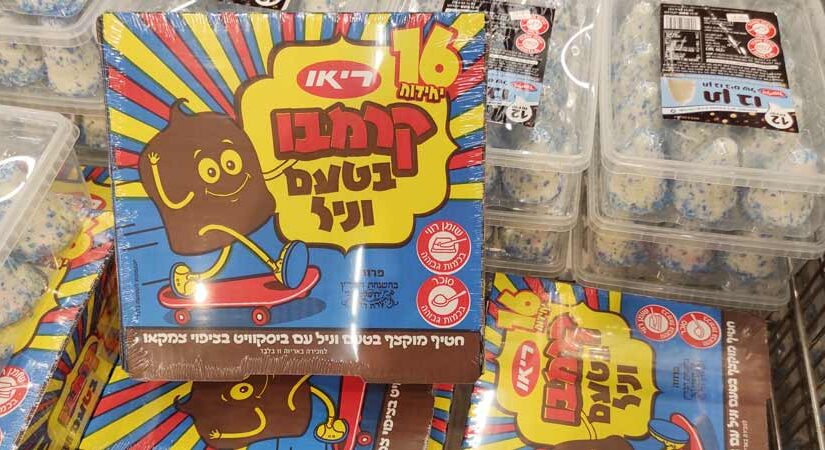“Some of our greatest sages asked the same question; let’s see what they have to say:
When G‑d spoke to Moses at the burning bush, He informed him that He would redeem the Israelites and bring them to a “good and spacious land, a land flowing with milk and honey…” Honey here (and elsewhere in the Scriptures) is generally understood to be a reference to fruit nectar, specifically date honey—not bees’ honey.
1) Nachmanides writes that the key word in the verse is “flowing.” Fruit trees grow in many different terrains, but their produce overflow with nectar only when the land is especially fertile, when the trees are particularly well-nourished.
Similarly, livestock survives in many habitats, but only overflow with milk when they are in particularly fertile pastures.
Thus, a “land flowing with milk and honey” is indicative and symptomatic of a greater good—the fertility of the Promised Land.
2) The Midrash explains that milk symbolizes superior quality, richness of taste, and nourishment. Honey represents sweetness. The goodness of Israel is both nourishing and pleasant.
3) Some point out that honey and milk share a paradoxical quality. Honey is kosher, though it is produced by a non-kosher insect. Milk is kosher, though it comes from a cow whose meat may not be eaten together with milk.
The goodness of Israel will often times come from places where it is least expected.”




